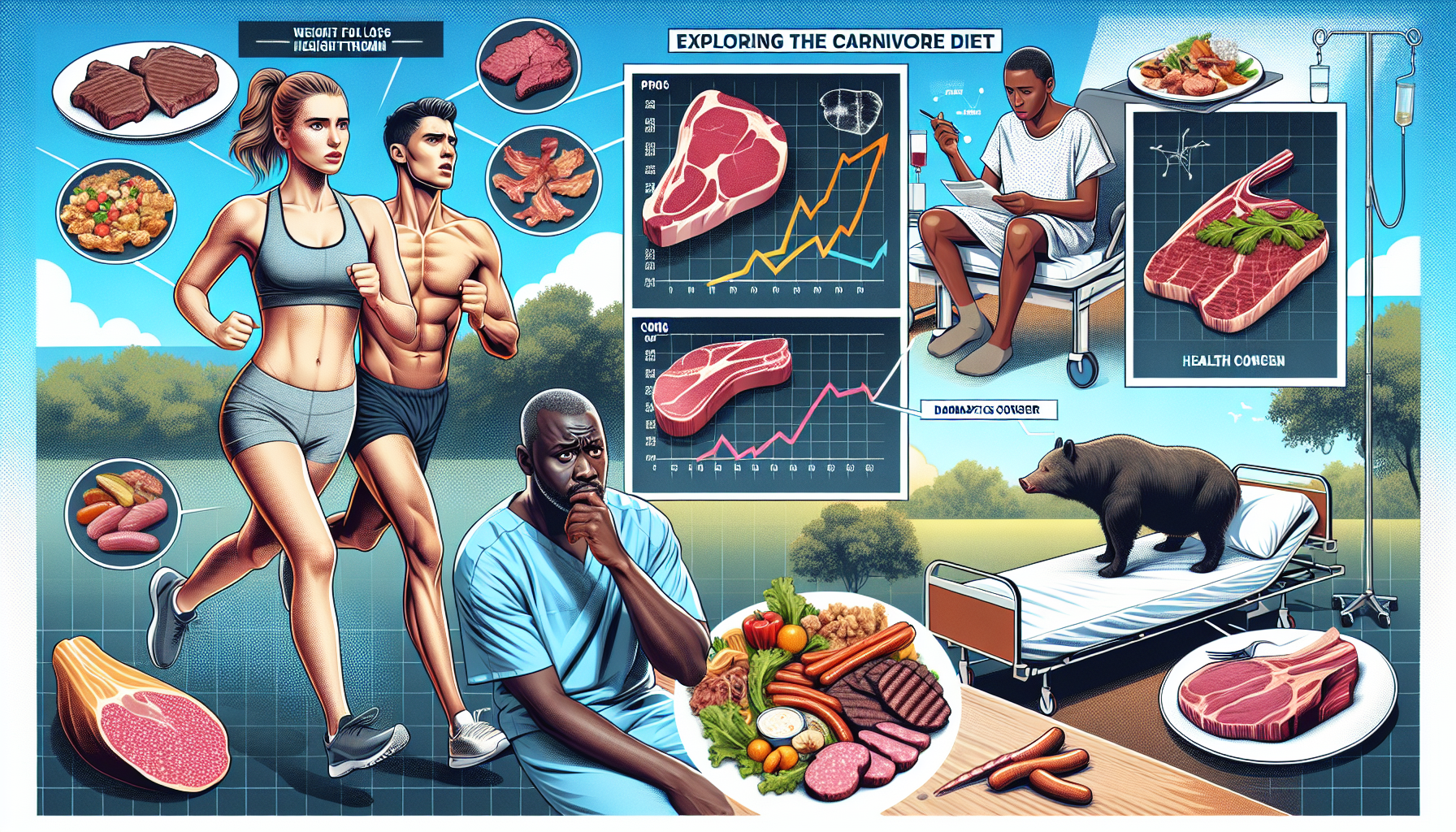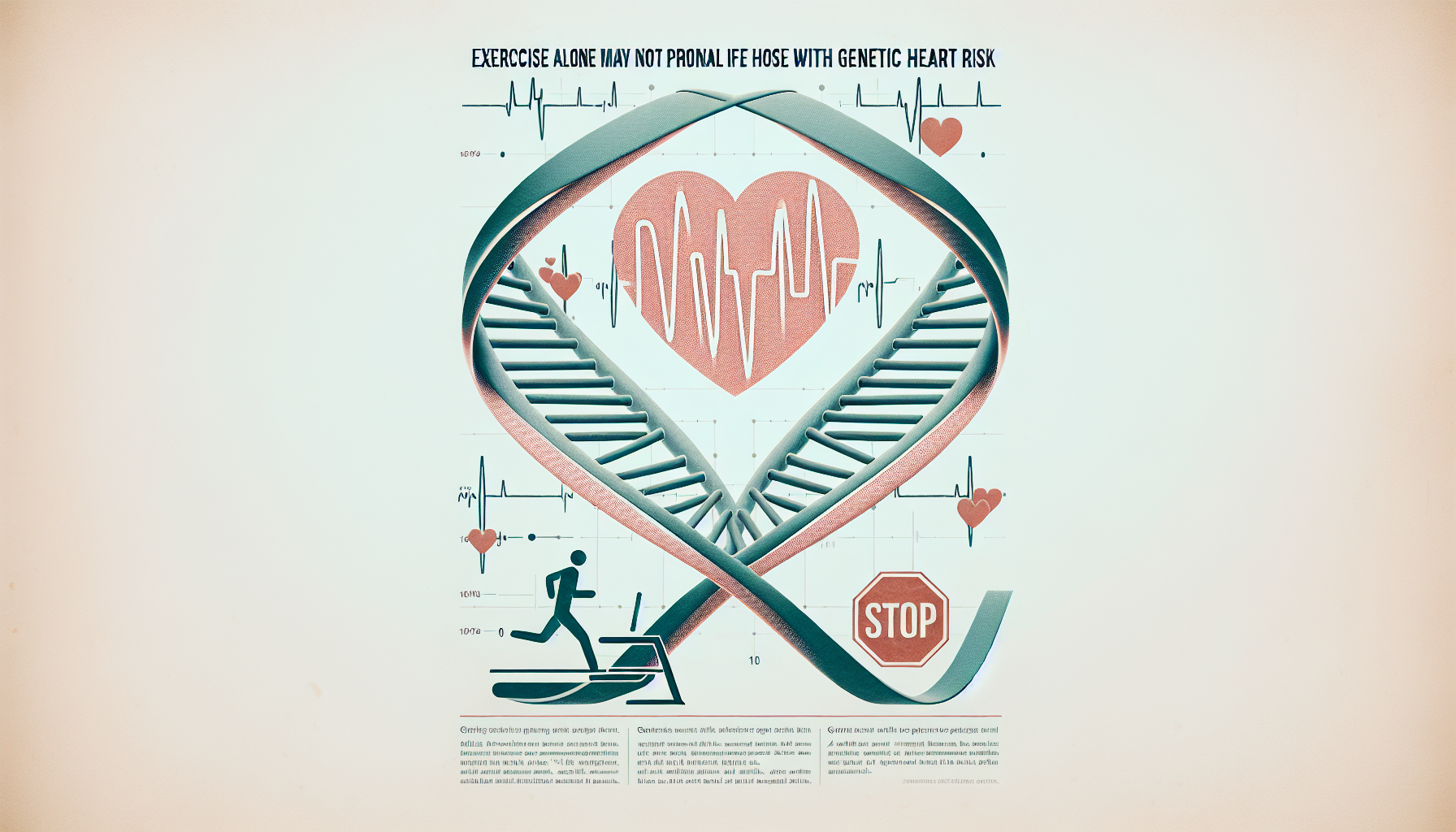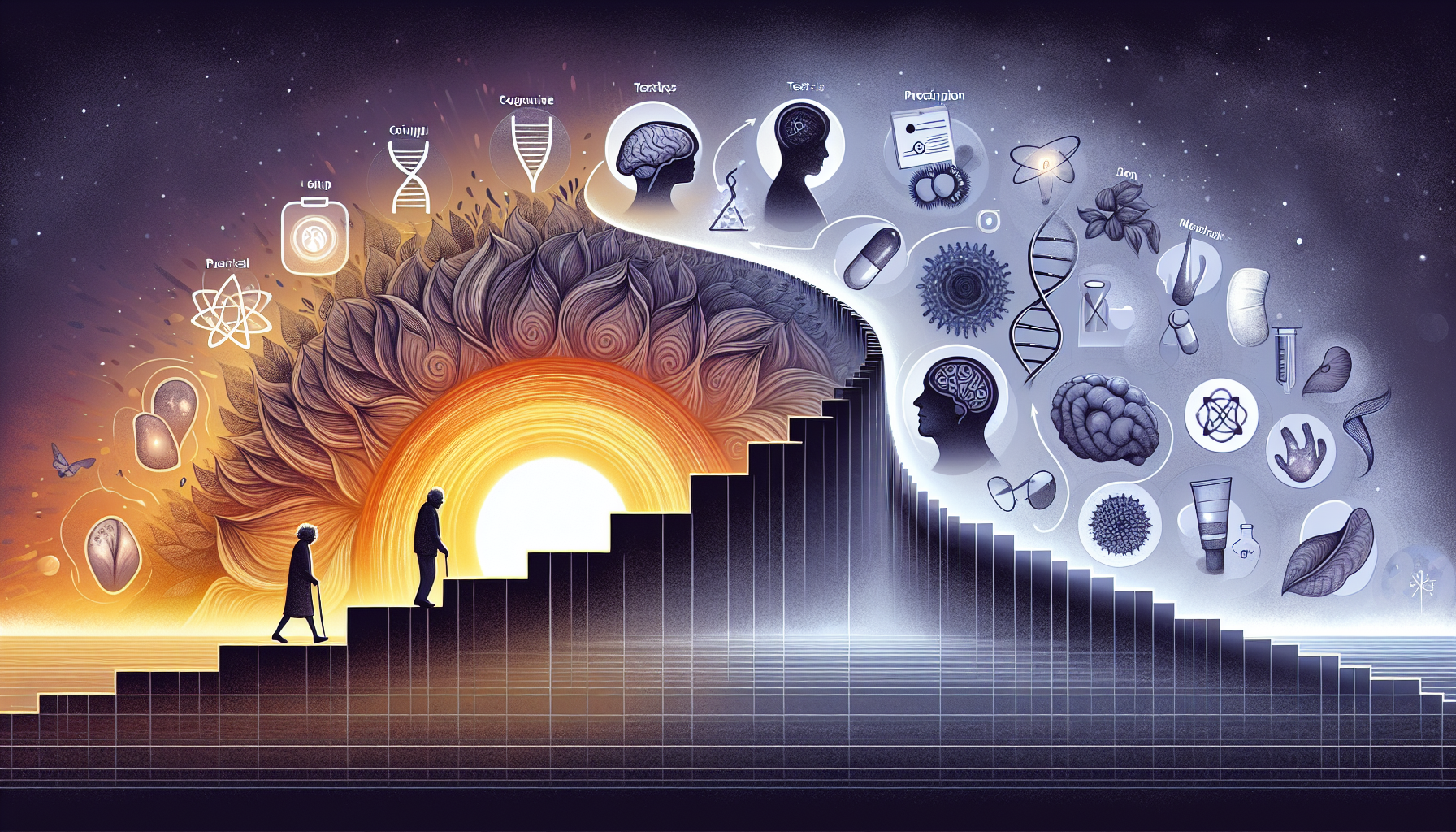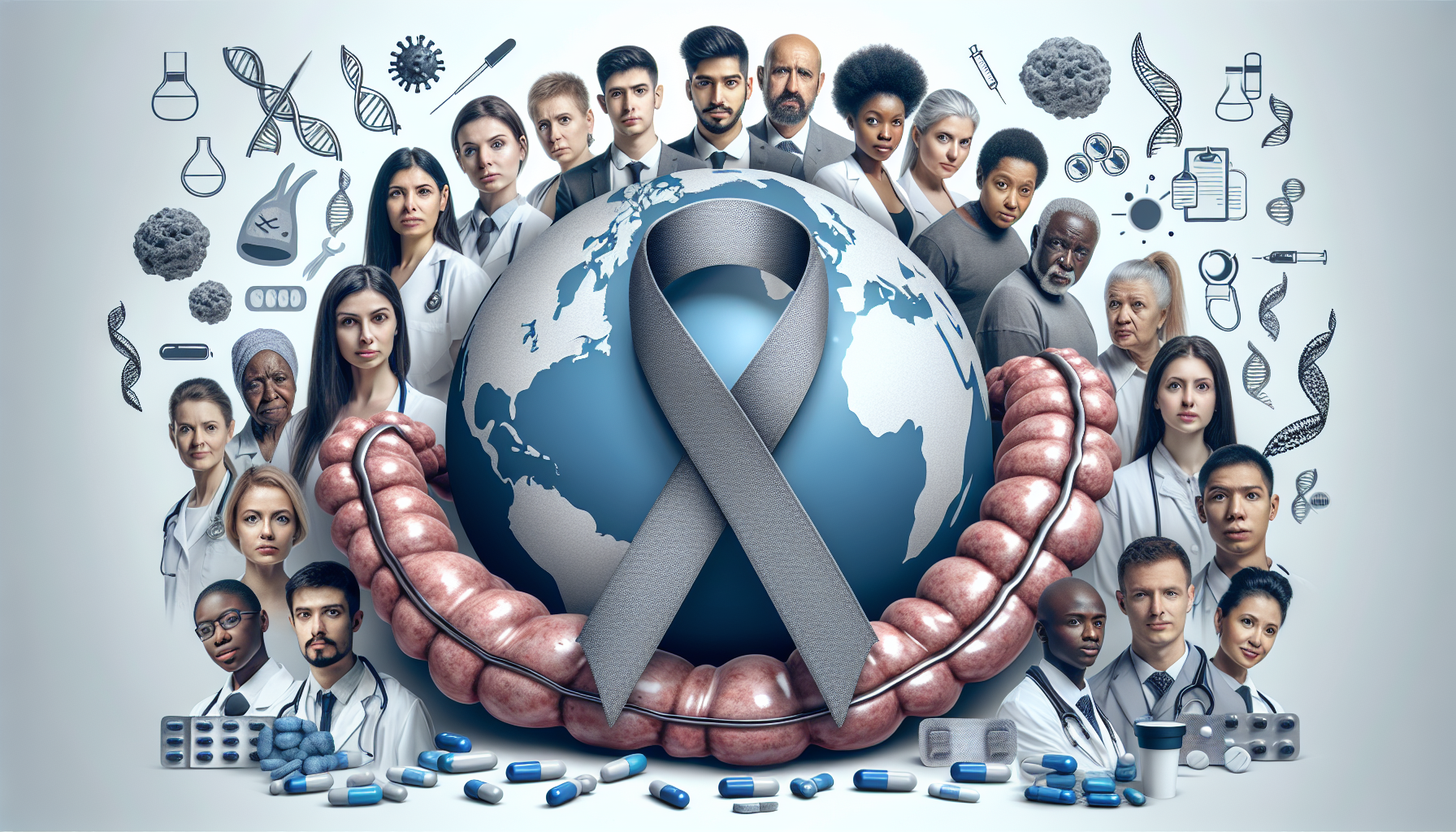Understanding the Impact of Problematic Media Consumption on Young Women
Understanding Problematic Media Consumption: Unraveling Its Psychological Impact on Young Women Is our digital age leading to more compulsive media use, especially among young women? This intriguing question emerges from recent research which seeks to uncover the psychological layers driving problematic media consumption, particularly pornography, among young females. Engaging with this subject helps us not only understand the psychological dynamics at play but also explore potential interventions. Exploring the Term: What is Problematic Media Consumption? For those unfamiliar with the term, problematic media consumption refers to excessive or compulsive engagement with media content like pornography, which disrupts daily life, relationships, and mental health. While many might casually browse digital content for education or amusement, some individuals find themselves trapped in a cycle of excessive consumption. This compulsivity is akin to other addictive behaviors, such as gambling or substance abuse, where users find it increasingly difficult to control their engagement with media. Key symptoms often include: Loss of control: Despite intending to reduce or stop consumption, individuals continue to excessively engage. Interference with daily life: Normal routines, work, or social interactions are disrupted due to excessive media use. Mental health impact: Increased levels of stress, guilt, or anxiety are common, further exacerbating compulsive behavior. Understanding this behavior in the context of young women requires exploring not just the behavior itself, but the psychological elements that contribute to it. The Role of Self-Acceptance in Media Consumption At the heart of this problem could be a common psychological hurdle: low self-acceptance. This concept refers to the degree to which individuals embrace who they are, inclusive of their limitations and strengths. Psychological theories suggest that individuals with low self-acceptance or low self-esteem are more prone to problematic behaviors, as they may seek escape or validation through alternative means. This theory finds support in research conducted by Chinese and Macau universities with young female students. The study indicated that women with lower levels of self-acceptance were more likely to exhibit problematic media consumption behaviors, like frequent pornography viewing. This link suggests that addressing self-acceptance could be a pivotal element in mitigating these behaviors. Bridging the Knowledge Gap: Why Focus on Women? Historically, most research on media consumption has focused on males, perpetuating a gender gap in understanding these behaviors. However, emerging studies point towards significant occurrences of compulsive behavior among women as well. The recent study involving young females reveals a necessity to more deeply understand the gender-specific aspects of media consumption. The research observed approximately 559 female students, evaluating their media consumption habits, psychological state, and behavioral challenges. By recognizing that motivators and inhibitors for women may differ due to social pressures, emotional responses, and psychological frameworks, researchers highlight the need for tailored approaches in addressing these issues. Can Problematic Media Consumption Be Classified as an Addiction? One pressing question is whether problematic media consumption constitutes an addiction. This concept traditionally refers to dependency on substances like drugs or alcohol. However, behavioral addictions—such as those involving gambling or internet use—are increasingly recognized. Given the similarities between compulsive media consumption and other behavioral addictions, some experts advocate classifying it similarly. Indicators supporting this classification include: Compulsive behavior patterns that interrupt daily activities. Modification of the brain's reward system, reinforcing the behavior. Underlying mental health issues, such as anxiety or depression, precipitating the behavior. Identifying media consumption as a potential addiction emphasizes the need for therapeutic interventions. Interventions and Preventive Strategies: A Psychological Approach Recognizing problematic media consumption as a behavioral challenge opens avenues for psychological and therapeutic strategies. One promising approach is Acceptance and Commitment Therapy (ACT). This therapeutic model emphasizes psychological flexibility by teaching individuals to engage with their thoughts and emotions without succumbing to them. For young women struggling with media consumption, ACT could support in rebuilding self-acceptance and enhancing emotional regulation, thus reducing compulsive behavior. Education and awareness programs, especially targeted at young women, can also play a critical role in prevention by: Increasing awareness of healthy digital habits. Encouraging open discussions about the pressures and challenges leading to compulsive media use. Providing resources and support systems for individuals showing signs of problematic consumption. The Broader Implications for Society and Digital Culture As our world becomes increasingly digital, understanding and mitigating problematic media consumption becomes essential for multiple reasons: Mental Health Focus: Highlighting the mental health dimensions associated with such behaviors can improve general wellbeing. Gender-Specific Strategies: Addressing the unique challenges faced by women can foster a more inclusive approach to handling digital consumption issues. Policy and Education: Insights from research can guide educational curriculums and policy frameworks aimed at promoting healthy digital consumption habits. The overarching challenge remains: How do we encourage a healthy relationship with media consumption that supports mental health rather than detracts from it? Exploring this question may lead to healthier individuals and indeed, a healthier society. In summary, understanding problematic media consumption, especially among young women, offers an insight into broader social and psychological dynamics. By focusing on self-acceptance and potential addiction frameworks, we can hope to better support those affected and create a more balanced interaction with our digital worlds.










